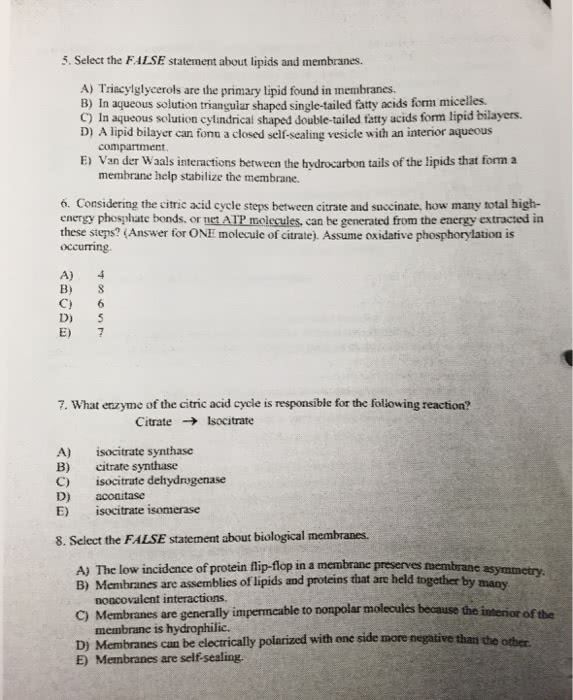BIOC 2300 Lecture Notes - Lecture 26: Cholesteryl Ester, Lipid Bilayer, Ester
Document Summary
**2 questions on this lecture for the midterm *: transport of lipids in the circulation: lipoproteins, triacylglycerol synthesis, triacylglycerol degradation, fatty acid oxidation. Membrane-forming lipids and lipids that intercalate into membranes. Phospholipids are amphipathic, with hydrophobic tails, and little hydrophilic heads. This structure of the phospholipids allows them to intercalate within the membrane and form the lipid bilayer. Note: phospholipids are not used as energy substrates. Cholesterol is a structural lipid, and to some extent, amphipathic, due to the hydroxyl group. Fatty acids are shown in the diagram in the unesterified form. However, they are usually esterified to a cholesterol, or another molecule. Fatty acids make micelles and they intercalate in membranes as well: fully hydrophobic lipids. Cholesterol + fatty acid esterified = cholesteryl ester. Triacylglycerides are the key energy stores in the adipose tissues. Fat you need triacylglycerol and some cholesterol (less). Cholesterol does not generate energy, whereas triglycerides do.


